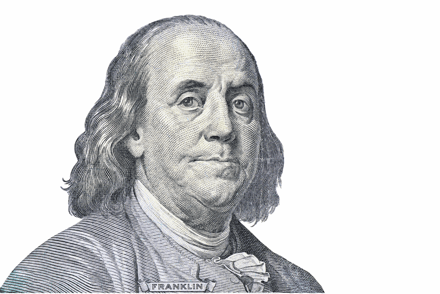
In Reinventing Construction: A Route to Higher Productivity, the McKinsey Global Institute estimates that improved efficiency in procurement and supply chain management can produce a 7-8% improvement in construction productivity. Effective utilization of technology is estimated to produce a 14-15% productivity improvement. Apply these numbers to the $4.6 Trillion of infrastructure investment required through 2025 according to the American Society of Civil Engineers and we are talking over $1 Trillion of savings from these two measures alone. The precast concrete industry has a unique opportunity to lead in both.
Precast and prestressed concrete producers are the cornerstones of the construction supply chain. As such, they can influence the entire value chain by creating a 'productivity ripple effect'. Here are 3 ways:
1. Collaborative Planning
There have been many solutions developed for improved collaboration between architects, engineers and construction contractors. Building Information Modeling (BIM) is at the center of this. BIM is widely used by architectural precast manufacturers but not so much on the civil side. In addition to creating obvious productivity from coordination with other parties in the supply chain, manufacturers realize impressive returns too. In The Business Value of BIM for Infrastructure 2017, Dodge Data & Analytics reported that two-thirds of BIM users experience a positive ROI.
2. Just-In-Time Deliveries
JIT makes the contractor more productive by 1) reducing the space (and therefore cost) required to hold inventory; and 2) shortening the cash cycle of holding inventory. So, for two vendors selling product at the same price, the producer that offers JIT is selling a less expensive product to the contractor. JIT delivery has to be flexible enough to accommodate changing conditions in the construction sequence, so producers should embrace supply chain integration systems that manage this.
3. RFID Tracking
By embedding an RFID tag in each product to create a unique serial number, the manufacturer creates a digital record for every product manufactured in the facility. This provides powerful internal productivity benefits and provides for more efficient information access throughout the entire value chain.
Records that were once on a clipboard can now be input to a tablet after the tag is scanned. QC reports are automatically created in the system based on information recorded on the tablet. Likewise, the manufacturer now has a real-time record of inventory. Rather than searching for inventory in the yard, the user can view Google Maps to see where it was placed.
Product tracking enables parties down the chain to access information as well. The contractor that needs to verify QA information can access it through the web. The DOT that is inspecting a bridge panel can scan the the RFID tag to see where it was manufactured... and even the concrete test results of the batch from which it was poured.
It is clear that manufacturers are starting to embrace the use of technology for internal productivity benefits. As the construction industry continues its move to an integrated supply chain, these producers will also become the industry leaders.
About Idencia
Our purpose at Idencia is to offer precast RFID tracking solutions that improve productivity throughout the value chain. Our subscription offering applies to products from the time of manufacture through end-of-life. As a cloud-hosted product tracking system that is seamless between manufacturers, contractors and asset managers, Idencia adds information value to all, eliminates redundancy and saves time. If you would like to learn more, click below.
Tags:
Market Insights
Jul 28, 2017 9:00:00 AM




Comments